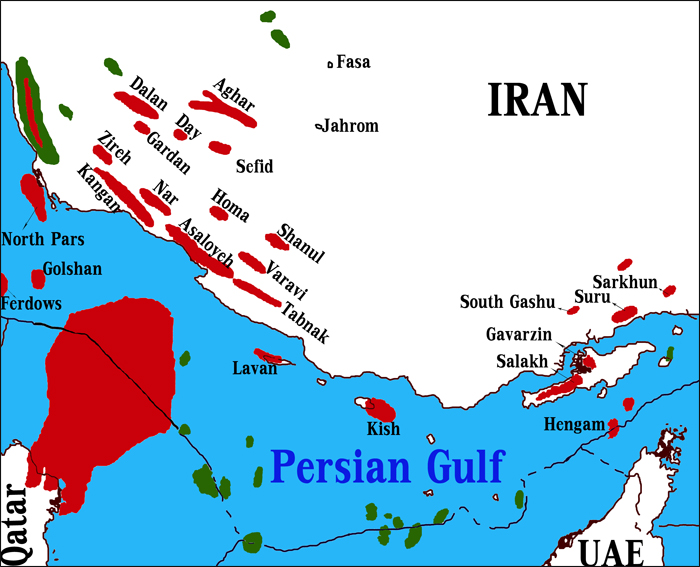Iran and Oman agreed to divide the Hengam gas field in the Persian Gulf on an 80:20 formula as part of a recent contract signed between the two countries to jointly develop the field, said an industry source.
Mohammad Hosseini, a former deputy oil minister, said on Saturday that determining the shares of Iran and Oman at Hengam was a major obstacle in the way of efforts to develop the major gas field for many years.
“This problem about Hengam gas field has been solved and the share of each country has been determined,” Hosseini was quoted as saying by IRNA.
He said that the contract signed last month gives Iran the lion’s share of Hengam, a field which he described as having a major economic potential because of its vast resources and its geographical situation.
The oil expert said that Iran will have the opportunity to supply part of the gas extracted from Hengam to a major gas liquefaction project in Oman.
“Oman is looking to receive supplies of natural gas from Iran for its LNG project,” said Hosseini, adding that such an arrangement will increase Iran’s revenues from the joint development project in Hengam.

The map shows oil and gas fields (depicted in green and red respectively) in southern Iran.
Iran and Oman signed a major contract last month to revive efforts to develop Hengam.
Little details have emerged from the contract but Iranian authorities have hailed it as a major achievement for the country’s energy diplomacy with countries in the region.
The idea for a subsea gas pipeline from Hengam to Oman was first raised in 2005 when Iran committed as part of contract to start supplying 30 million cubic meters (mcm) per day of natural gas to Oman by 2008 and then increase the exports to 70 mcm per day by 2012.
Another agreement in 2013 stipulated that Iran should provide Oman with 28 mcm per day of gas over 15 years.